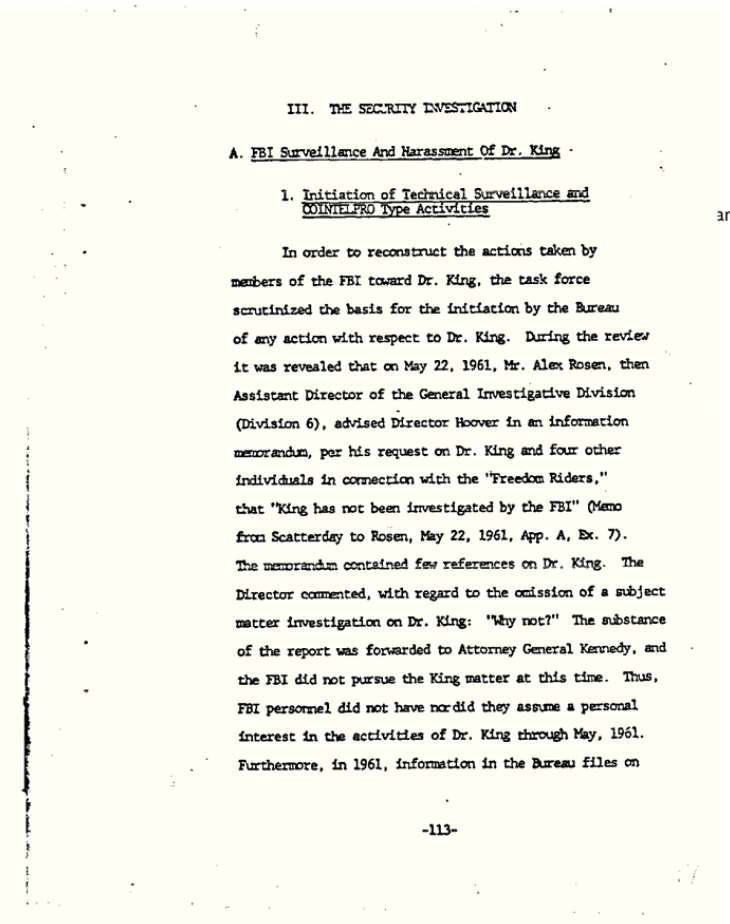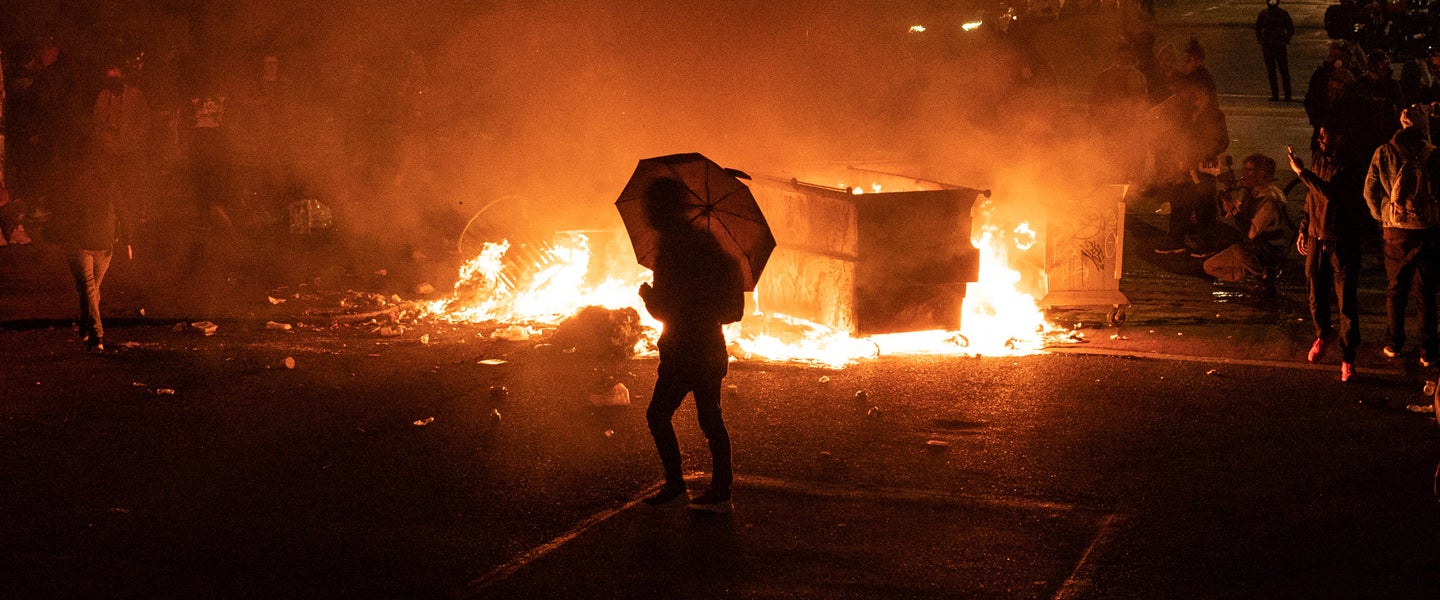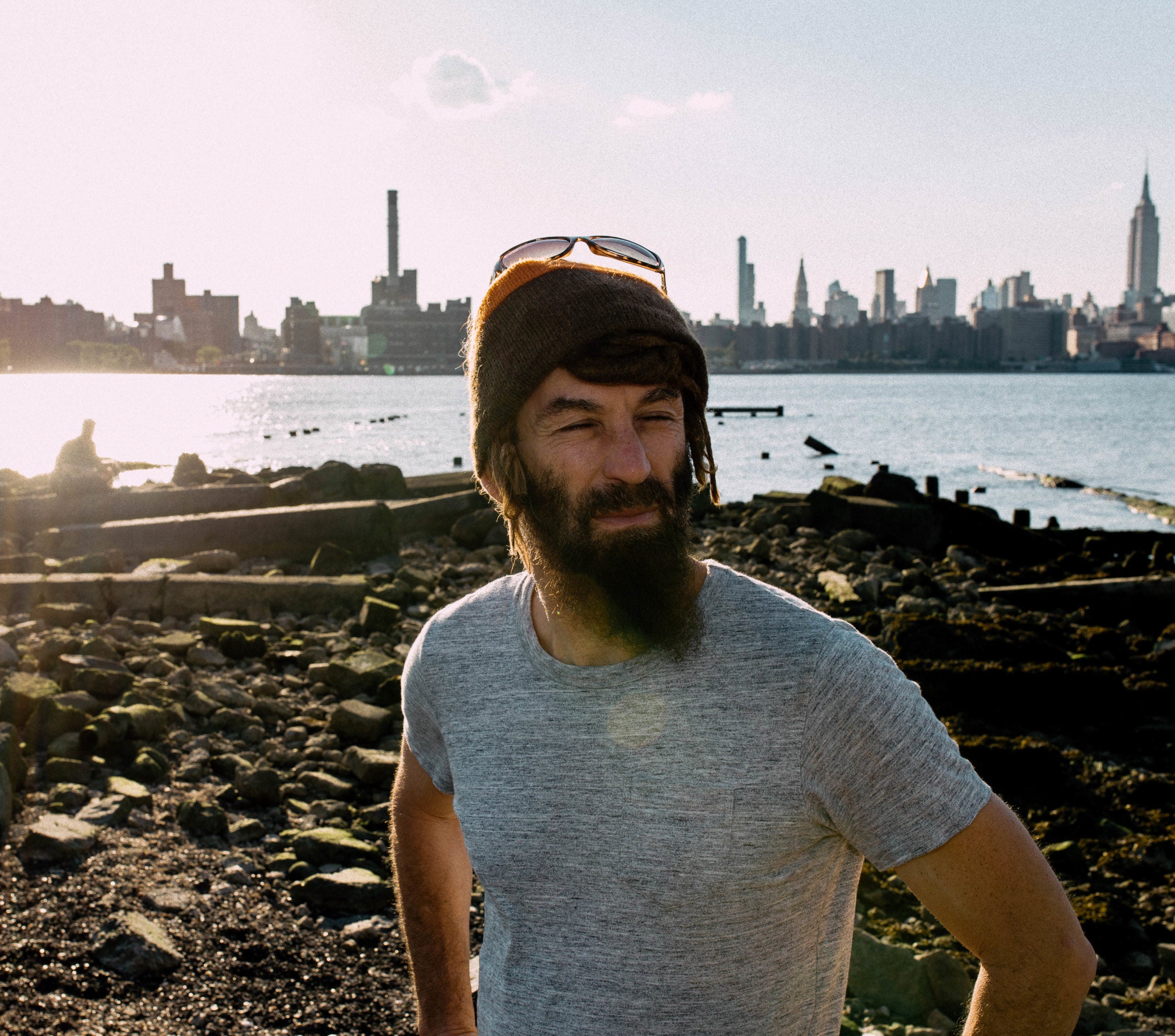Speculation abounds over the identity of “Umbrella Man.”
Last Wednesday in Minneapolis, during a protest against police brutality, a man holding an umbrella, dressed entirely in a black and wearing a distinctive black and pink gas mask, started methodically smashing windows of an AutoZone store with a hammer.
One window right after the other.
Smash. Smash. Smash.
The video went viral. People on social media speculated that Umbrella Man was an agent provocateur — an undercover cop, instigating mayhem to make Black Lives Matter protesters look like destructive rioters rather than political activists. “Are you a fucking cop?” a voice can be heard asking Umbrella Man, who looks like a character from a Twin Peaks reboot. For a split-second, we glimpse Umbrella Man’s pasty-white face.
“That motherfucker had a mission,” says Brad Svenson, who shot the footage. “Obviously, it’s weird. It’s the one instance where I can tell you it doesn’t make sense in any way, shape or form.”
If Umbrella Man is indeed acting deliberately to sabotage the protests, it would hardly be an isolated event. In Austin, Texas, a member of the far-right InfoWars crew is believed to have set fire to a homeless man’s mattress in order to demonize protesters (InfoWars, in turn, blamed it on the right’s boogeyman du jour, Antifa). A white man was arrested for inciting riots in Minneapolis after he handed out homemade explosives to fellow rioters. “Let’s start a riot!” he’s heard saying on a social media video. “I’m going to start doing some damage.” Other unsettling oddities have been encountered, too, such as pallets of bricks mysteriously turning up near various protest sites, which some have speculated could be a coordinated effort to instigate violence and to entrap protesters in the ensuing disorder.
Agent provocateurs weren’t limited to the protest-space, either — on Twitter, a white nationalist group posed as antifa and tried to instigate violence at protests. The fake account, @ANTIFA_US, tweeted, along with a brown raised fist emoji, “Tonight’s the night, Comrades. Tonight we say ‘FuckThe City’ and we move into the residential areas… the white hoods…. and we take what’s ours…”
Naturally, Trump blamed the far left for the looting and violence, despite the lack of evidence, but Minnesota Governor Tim Walz stated that agent provocateurs from outside the area were partially responsible. Was Umbrella man one of these provocateurs? Was he a cop? Was he a member of the alt-right?
It’s still unclear, but you only have to look at the history of such people to see how frighteningly effective their actions can be.
The Agent Provocateur in Action
The primary aim of an agent provocateur is to ruin the reputation of, in most cases, a political movement, by provoking action and manipulating conflict. The term originated in France in the 19th century — at a time when plain-clothed police had begun to target union activists — and, translated from French, literally means “provoking agent.”
Here in the U.S., the government has a long and sordid history of agent provocateur activity directed toward the Black community, most notably the instrumental role it played in the FBI’s covert operation COINTELPRO (COunter INTELligence PROgram), which ran from 1956 to 1971. COINTELPRO’s objective was a systematic attempt to infiltrate, spy on and disrupt Black nationalist groups in their fight against segregation.

Edgar Hoover’s FBI put a huge amount of effort into trying to neutralize civil rights leaders, since the very idea of all Americans having equal rights was seen as a communist construct and “subversive.” They gravitated in particular toward Dr. Martin Luther King Jr. in fear he’d become a Black “messiah,” attempting to neutralize his leadership, employing wiretaps and anonymous letters intended to create suspicion and factionalism within activist groups, all with the aim of turning the general public against the civil rights movement. You’ll be familiar with their methods just from seeing how Trump tweets about Black Lives Matter activists — by demonizing them as violent looters and rioters, police have pretext to take brutal action, and those who don’t think too hard about such things lose sympathy for their cause.
Of course, it wouldn’t be Trump if he wasn’t already projecting like crazy:
Buffalo protester shoved by Police could be an ANTIFA provocateur. 75 year old Martin Gugino was pushed away after appearing to scan police communications in order to black out the equipment. @OANN I watched, he fell harder than was pushed. Was aiming scanner. Could be a set up?
— Donald J. Trump (@realDonaldTrump) June 9, 2020
If the above sounds like wild conspiracy theories, take a look at this now-declassified 1967 document, in which Hoover describes the FBI’s approach to taking down the Black Power Movement: “The purpose of this new counterintelligence endeavor is to expose, disrupt, misdirect, discredit or otherwise neutralize the activities of Black nationalist, hate-type organizations and groupings, their leadership, spokesmen, membership and supporters, and to counter their propensity for violence and civil disorder.”
It’s very clear that the FBI specifically targeted the Black Panther Party with the intent of destroying it. How clear? Well, there’s this actual FBI document to start with, subtly titled: “The FBI’s Covert Action Program to Destroy The Black Panther Party.”
Hoover deemed the Panthers “the single most dangerous threat to the internal security of the United States,” and agent provocateurs were swiftly employed to create friction within the group, discredit their leadership and create a rift in the movement. They also planted falsified evidence suggesting that a particular member was a CIA informant, in order to further foster paranoia. FBI informants sent anonymous letters encouraging violence between street gangs and the Panthers, resulting in the murder of four members.
William O’Neal, one of the most infamous agent provocateurs ever trained by the FBI, was planted inside the Illinois chapter of the Black Panthers. His agenda was to help convince the public that the Panthers were a violent organization, and some of his cartoonish methods would almost have been comical — if they hadn’t resulted in vile tragedy.
O’Neal kept a stockpile of bomb-making material and tried to provoke Black Panther members into such crackpot violent schemes as blowing up an armory or robbing a McDonald’s. Panther members, in turn, rejected O’Neal’s violent proposals, pointing out that these actions would be useless to their cause. Another O’Neal scheme involved constructing an actual, functioning electric chair, which he said should be used on informers. The electric chair was disassembled almost immediately on orders from the chapter president.
O’Neal’s most notorious act, though, was more straightforward: Setting up Black Panther Party leaders Fred Hampton and Mark Clark to be murdered by the Chicago Police Department, having passed on claims that the group was stockpiling illegal weapons at their headquarters. Two weeks before the raid, O’Neil provided the FBI with a detailed floor plan of the apartment, complete with an “X” over Hampton’s bed.
On December 4, 1969, at 4:30 a.m., 14 police officers raided Hampton’s apartment — where the 21-year-old lay asleep in bed with his fiancée, who was nine months pregnant — and fired somewhere between 90 and 99 shots. A witness described the police as firing at him point-blank range, execution-style. Clark, too, was killed, and four other members were critically wounded. Ballistics experts determined that only one bullet ever came from the Panthers’ side, fired by Clark into the ceiling as a result of a reflexive death convulsion, having been shot fatally in the chest. Despite falsified police reports coming to light, the first federal grand jury didn’t indict anyone involved in the raid. For his part, O’Neal was given a $300 bonus.
Less than a year later, on May 4, 1970, members of the Ohio National Guard fired into a crowd of people demonstrating against the Vietnam War, killing four students and wounding nine. Escalating the violence, it’s thought that undercover operatives were responsible for smashing up businesses in town, as well as instigating the torching of the ROTC building, thus amping up the tension that led to the cacophony of violence that followed.
One possible agent provocateur during this time was Terry Norman, a 21-year old Kent State student, who was also an FBI informant. Norman was being paid to photograph student protesters for government records, telling students the photos were for the yearbook. He was the only civilian that day known to be carrying a gun and evidence has people speculating that Norman’s actions led to the shooting. “I think he was what you call an agent provocateur,” stated James Renner, the editor of the Cleveland Independent, who wrote a report on Norman in 2006. “I think he was hired by the FBI to incite instability within SDS (Students for a Democratic Society).”
Eleven days after the Kent State shooting, 150 students at the University of Alabama were arrested during a protest over the events in Ohio, a protest during which a campus building was burnt down. The arson was actually orchestrated by the FBI. Charlie Grimm Jr. had a double major at Alabama and was a member of the school wrestling team — he was also an agent provocateur who masqueraded as part of the peace movement, and the FBI informant behind torching the building. But this despicable plan worked: Blaming the fire on the protesters, the police deemed all such protests to be “unlawful assemblies” and went about vigorously cracking skulls.
It would be a year after this that COINTELPRO’s operations were finally uncovered. On March 8, 1971, members of the Citizens’ Commission to Investigate the FBI broke into an FBI office in Media, Pennsylvania, stealing more than 1,000 FBI classified documents and mailing them to several major U.S. newspapers. Of the 295 documented actions taken by COINTELPRO to disrupt civil rights groups, 233 were directed just against the Black Panther Party.
The Agent Provocateur Lives On
The legacy of COINTELPRO survives to this day, with records produced in response to a freedom of information lawsuit detailing the magnitude of the NYPD’s surveillance of the Black Lives Matter movement. Between 2014 and 2015, undercover cops infiltrated Black Lives Matter activists during the mass protests over the death of Eric Garner. Posing as BLM protesters, they gained access to members’ text messages and were given extensive access to details about protesters’ whereabouts. Much like Terry Norman, undercover officers took photos of protesters and kept them on file. As lawyers in the case stated that the documents raised questions over whether the NYPD violated the Handschu agreement — city rules on how the monitoring of protest activities should take place — it became ever clearer that the NYPD saw BLM as terrorists, not protesters practicing their First Amendment right to free speech.
All of which brings us back to the present day, and Umbrella Man smashing windows with a hammer in Minneapolis. Although his identity is still a mystery, suspicion is rife enough to have prompted the St. Paul Police Department to tweet a denial to accusations that he’s one of their law enforcement officers:
So we also want to be perfectly clear about this: The person in the video is not our officer.
— Saint Paul Police Department (@sppdmn) May 29, 2020
“There’s no way to tell who these people are, unless they’re wearing a sign that says, ‘I am this guy,’” says Svenson. “They’re not going to show you whether they’re Antifa or white supremacists.”
Moments before filming Umbrella Man, Svenson says he, and everyone around him, were tear gassed and shot by the police with rubber bullets. “Even the umbrella and the mask, nothing was out of the ordinary, because everything was extraordinary,” says Svenson, who has started an organization called Watchdog Media to keep tabs and document everything he can to hold the wrongdoers accountable. “It was batshit crazy.”
As for how to combat those looking to sow discord in an otherwise peaceful protest, “It’s more about being smart and observant and knowing what’s happening around you,” says Svenson. “Follow at a distance, don’t be stupid. Just document, document, document: If somebody’s breaking glass, pay attention to who they are. Call out people who are doing stupid shit. If somebody’s pulling shit, stop them hard because that shit right there, that’s not acceptable. We can’t lose control because then they win and the message goes away.”
Of course, regardless of Umbrella Man, the real agent provocateurs in the current protests, those stirring up outrage and inciting violence, are right there in plain sight — and they’re wearing blue. Cop cars plowing into protesters. An old man being pushed down by police in riot gear. Officers smashing car windows, dragging out students and tasing them. A fatal shooting of a man in Louisville. Pulling a mask off a protester in NYC to pepper spray them. Police in Philly brutally beating peaceful protesters. It’s almost like it’s all designed to escalate things into full, bloody revolution, in order to clamp down that much harder.
“Do you want agent provocateurs?” says Svenson. “Those were the guys in the blue that were doing all that shit. They shot me. Fucking shot me. Press pass in hand. Tear gassed me. Everybody. And I have that all on film. All of a sudden, the world around me is believing one thing — that all of us are evil protesters. That narrative coming from the police, and from the city, wasn’t the truth. I want to make sure the truth is there.”

